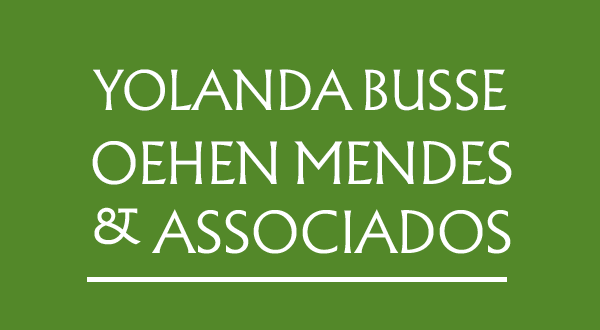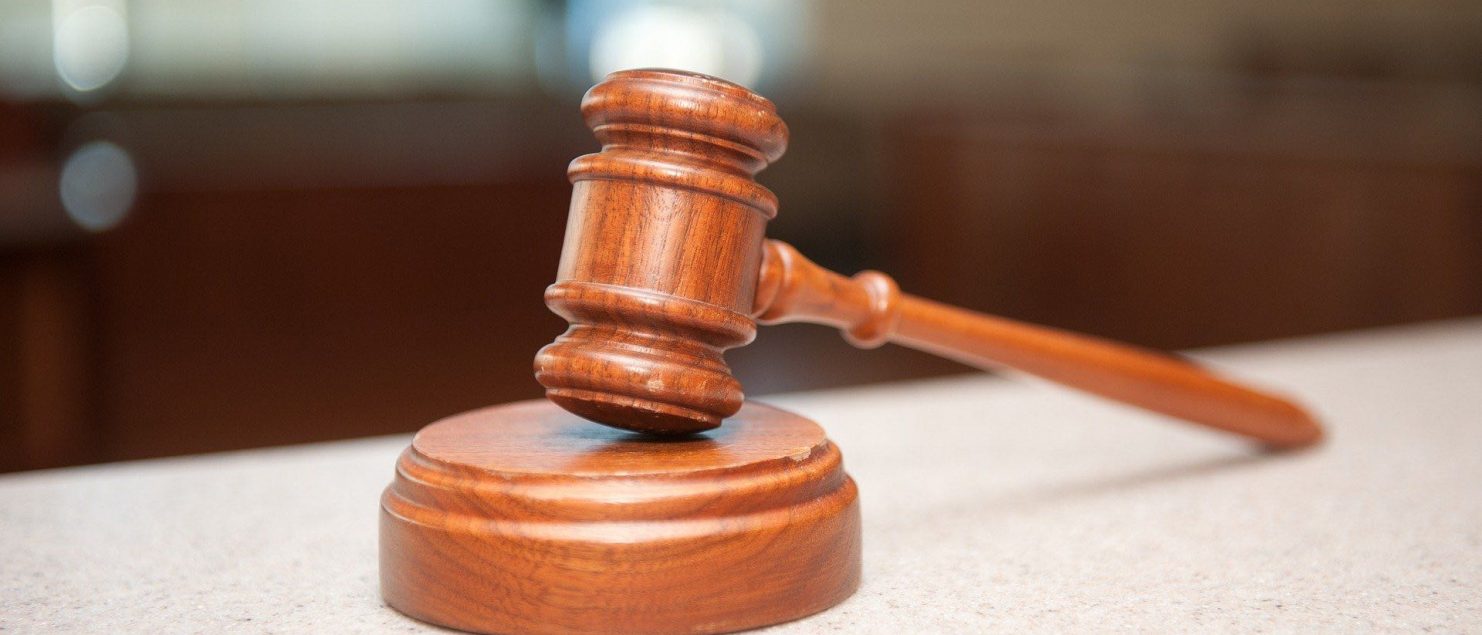Civil liability for damages caused to third parties due to unlawful acts
In the Portuguese legal order, civil liability for damages caused to third parties due to unlawful acts is regulated in the current Portuguese Civil Code (hereinafter CC). Its Section V exactly deals with Civil Liability, with Subsection I corresponding to Civil Liability for Unlawful Acts. Thus, Art. 483 of this diploma defines the general principle of civil liability for unlawful facts:
“1. 1. Whoever, with intent or mere guilt, unlawfully violates the right of another or any legal provision intended to protect the interests of another shall be obliged to compensate the injured party for the damages resulting from the violation.
2. The obligation to compensate exists regardless of fault only in the cases specified in the law.”
The same law determines which damages are compensable, the legislator also giving the interpreter the means to define the quantum of compensation, under the terms of Articles 562 et seq. The result is that the person who suffered the damage has the right to be restored to a situation identical to that in which he would have been if it had not been for the injury (art.562, CC); that this obligation exists with regard to the damages that the injured party would not have had if it had not been for the injury (art.563, CC); and also that the damages to be taken into consideration are not only those which the injured party currently has, but also those which may arise in the future as a consequence of the injury (art.564 of the Civil Code).
It should be added that, under the terms of art. 496, CC, compensable damages are not only those of a patrimonial nature – clothes damaged in the accident, medical consultations he/she had to pay for, trips he/she had to make, salary he/she no longer earned – but also non-pecuniary damages, which include pain and suffering, fear, anguish, terror of dying, sleepless nights, hospital admissions, aesthetic damages, particularly painful treatments and all the other psychological sequels resulting from an injurious event such as a traffic accident. In the case of non-pecuniary damage, compensation is of a markedly mixed nature, since it aims to repair rather than compensate the damage suffered by the injured party, although it is not unfamiliar with the idea of reproving or punishing the conduct of the agent on a civil level, and with the proper means of the private law. The amount owed for these damages does not aim at the reconstruction of the situation prior to the harmful event but mainly at compensating the victim, as far as possible, for the pain and inconvenience suffered as a consequence of the injury.
Portuguese law also allows for the payment of future damages, here targeting either those that were already accountable at the time of the decision, or those whose amount was not quantifiable. These must also be petitioned and may be settled later in the settlement of the judicial sentence.
Biological Damage is also compensable, as patrimonial damage, a concept that, in jurisprudence, has been used mainly in relation to the establishment of compensation in the case of traffic accidents, having raised, in the first place, the difficulty of the relationship with the traditional dichotomy of the evaluation of patrimonial damage versus non-economic damage. Nowadays biological damage is definitely included in patrimonial damage and is defined as an injury to psychophysical integrity, susceptible of medico-legal evaluation and compensation, which is directly protected in article 25 of the Constitution of the Portuguese Republic, which states that “The moral and physical integrity of people is inviolable”, and in article 70, no. 1 of the Civil Code.
The ascertainment of the biological damage is done, in Portuguese law, through the medical determination of the decrease in capacity of the injured person due to the accident and taking into consideration the current Tables of Incapacity in Civil Law (Law Decree no. 352/2007, of the 23rd October). Compensation for Biological Injury is thus based on and founded on the loss or reduction of functional capacity which, even though it does not imply loss or reduction of capacity for the professional exercise of the injured person’s usual activity, nevertheless implies greater effort in the exercise of this activity and/or the suppression or restriction of other professional opportunities or opportunities of a personal nature, during the course of the person’s expected lifetime, even outside the framework of their usual profession.
Furthermore, under the terms of the aforementioned articles, and in the impossibility of determining, with exactitude, certainty and in an absolute manner, the compensable amounts, the judge must resort to equity, under the terms of article 566, no. 3 of the Civil Code.
In jurisprudence, it has been argued that the use of equity must be based namely on the following criteria: (i) sequelae of the injury, with the consequent decrease in the capacity to work; (ii) age of the injured party at the time of the injury; (iii) total annual earnings and (iv) life expectancy. In a broader sense, it is also stated that the law points to equity as the determining criterion, and that various factors should be taken into account in the value to be fixed, namely the loss of earning capacity, which is a future damage, the salary, age, degree of incapacity, probable time of active working life and life expectancy, along with the possibilities of career progression, among other factors, such as technological progress, tax and employment policy, welfare legislation rules, expectation of working life, as well as longevity.
In this way, and in the event of third-party liability for injury to one’s material goods or physical integrity, one must look at these criteria and hold the injuring party liable, either extrajudicially or judicially, without losing sight of the fact that in most cases the liability is transferred to an Insurer, and there are cases in which the existence of insurance is compulsory.



